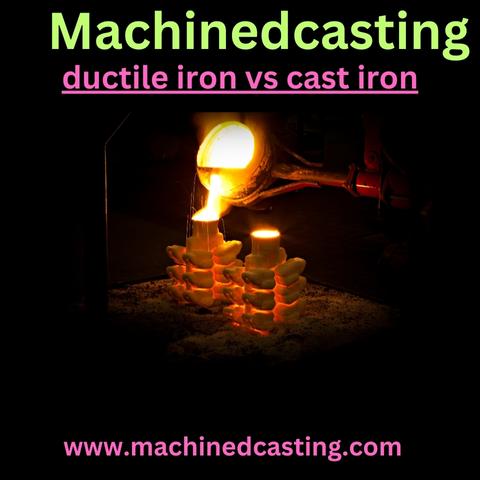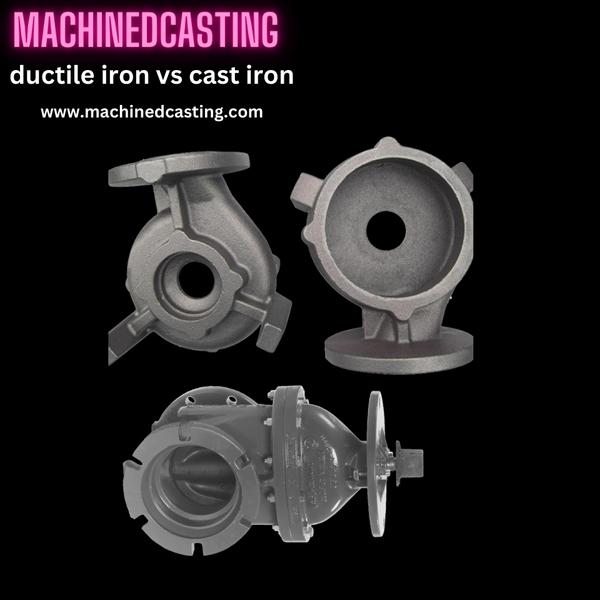Choosing Between Ductile Iron vs Cast Iron: A Comprehensive Comparison and Selection Guide
-
Posted by
jaidi

In the realm of metals and alloys, ductile iron vs cast iron stand out prominently due to their diverse applications across industries. Both possess unique properties that cater to different engineering needs. This guide aims to delve into the distinctions between ductile iron vs cast iron, elucidating their properties, applications, advantages, and limitations to aid in making an informed choice for specific use cases.
Understanding Ductile Iron vs Cast Iron:
- Composition and Structure:
- Ductile Iron: Ductile iron, also known as nodular or spheroidal graphite iron, contains graphite in the form of nodules or spheres within the matrix of ferrite and pearlite. The addition of magnesium during production facilitates the formation of these nodules, imparting greater ductility and toughness.
- Cast Iron: Cast iron comprises an alloy of iron, carbon, and silicon, with the carbon content typically ranging from 2% to 4%. Its microstructure primarily consists of graphite flakes within the iron matrix, which contributes to its brittleness.
- Mechanical Properties:
- Ductile Iron: Ductile iron offers improved ductility, impact resistance, and flexibility compared to traditional cast iron. It exhibits higher tensile strength, elongation, and toughness, making it more suitable for applications that require greater resilience against stress and shock.
- Cast Iron: Cast iron possesses good compressive strength but is relatively brittle due to its graphite flake structure. It is suitable for applications where compression strength and wear resistance are essential, but not subjected to significant tensile stress.
- Applications:
- Ductile Iron: Due to its enhanced mechanical properties, ductile iron finds applications in automotive components, pipes, gears, and machinery parts that demand high strength, shock resistance, and durability.
- Cast Iron: Cast iron is often used in applications such as engine blocks, manhole covers, cookware, and architectural elements where its compression strength, wear resistance, and castability are advantageous.
- Machinability and Weldability:
- Ductile Iron: Ductile iron is more machinable than some cast irons, allowing for easier machining operations. However, its weldability can be challenging due to the presence of nodules, requiring specialized techniques.
- Cast Iron: Cast iron is generally more challenging to machine due to its hardness and abrasive nature. However, it can be welded using specific methods, such as preheating and post-weld heat treatment, although this process can be complex.
Conclusion: In conclusion, selecting between ductile iron vs cast iron relies on understanding the specific requirements of the intended application. Ductile iron excels in applications needing higher tensile strength and impact resistance, while cast iron serves well in applications prioritizing compression strength and wear resistance. Evaluating these properties in line with the intended use case is crucial for making an informed decision regarding which material best suits the project’s needs.
For more information visit here Machinedcasting.

